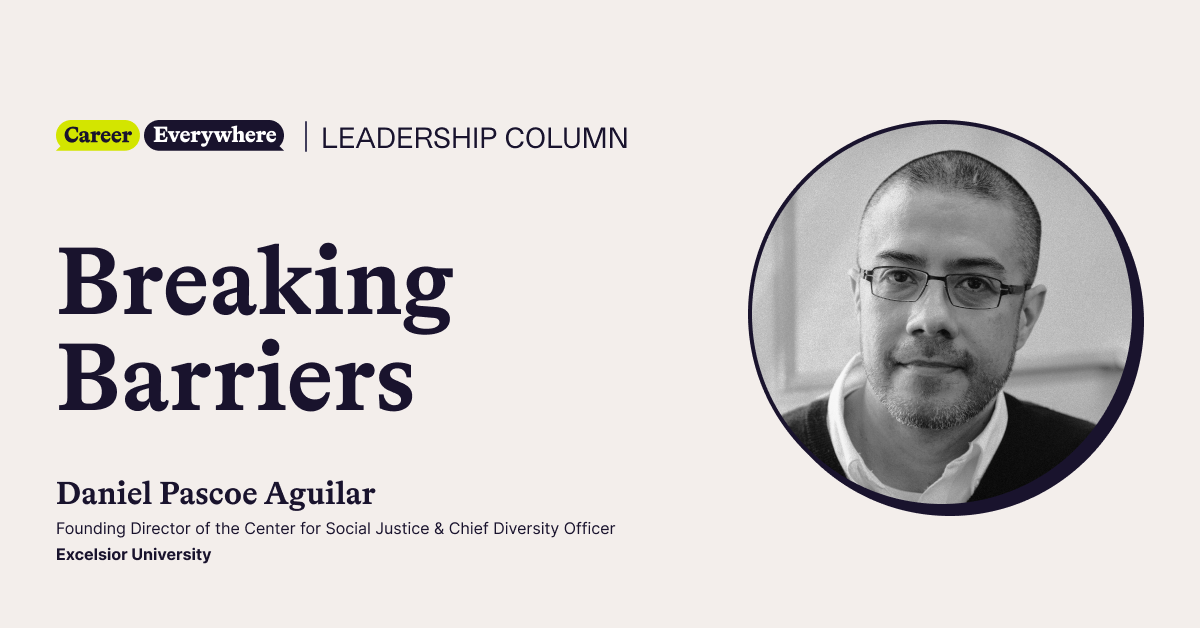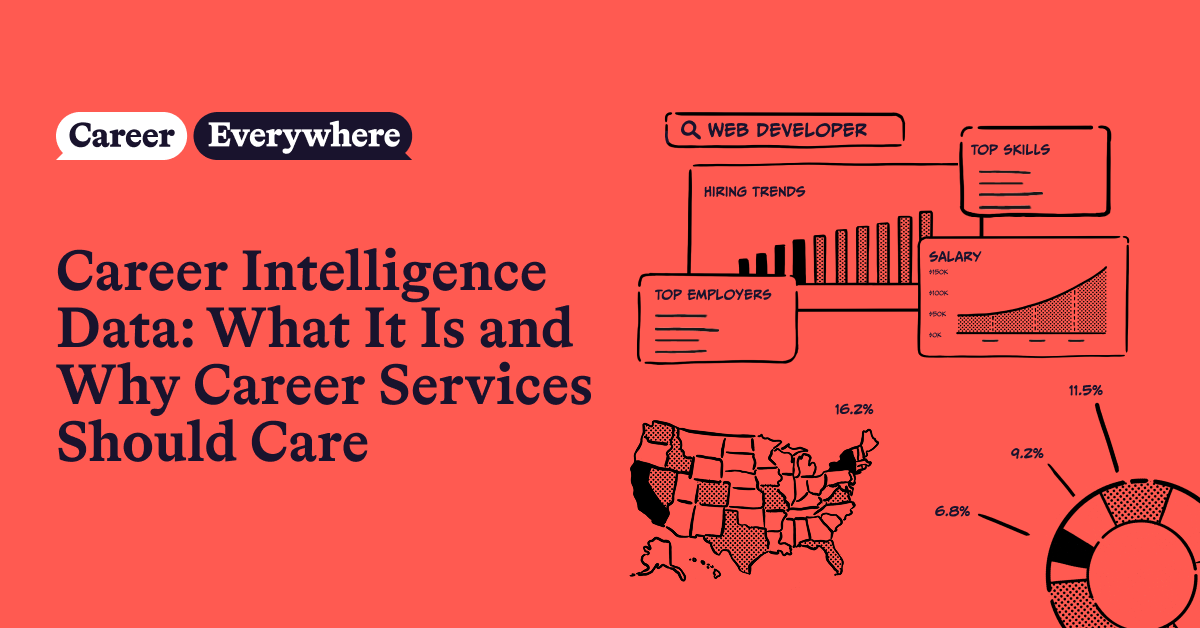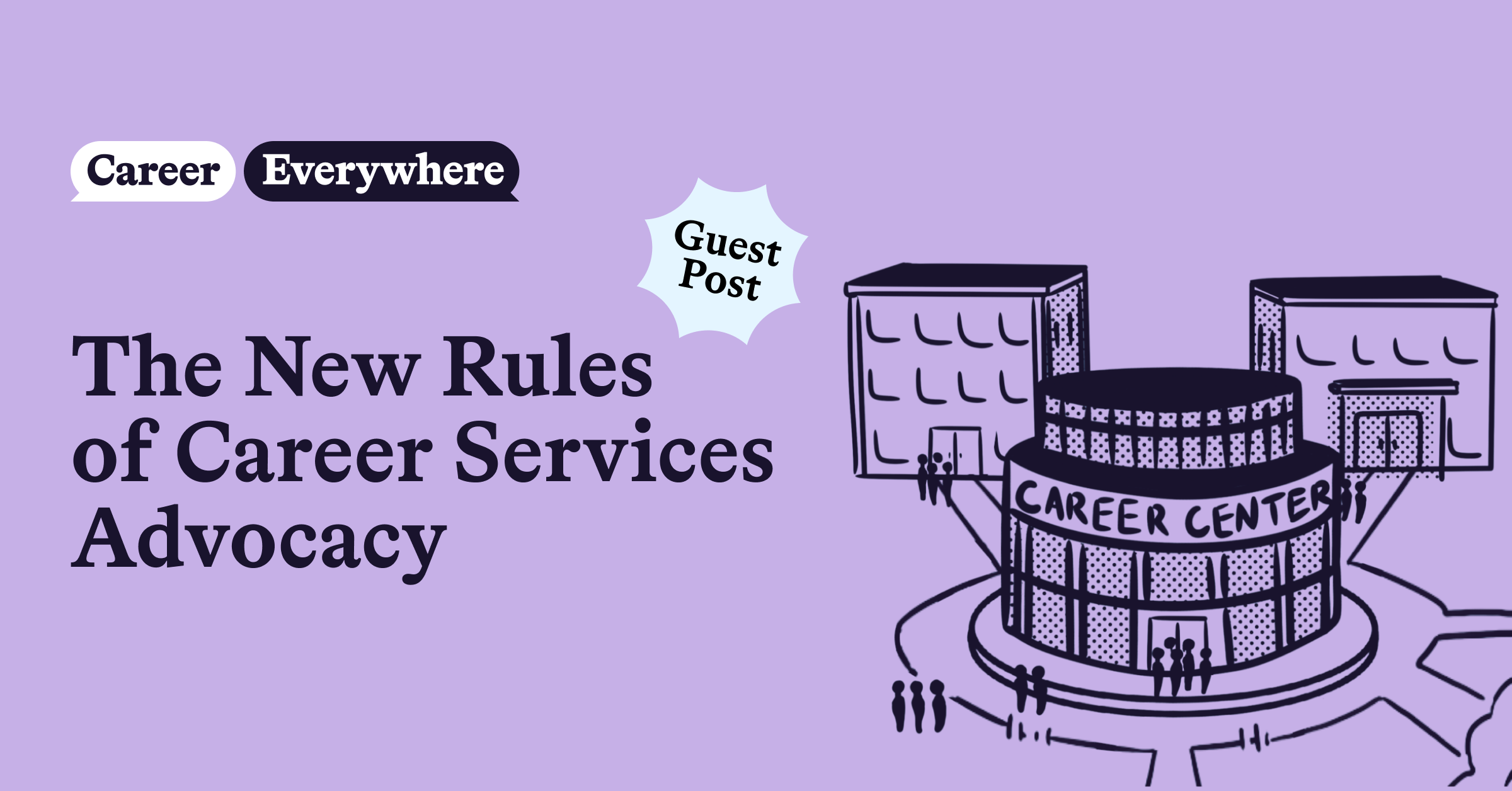
In my third, fourth, and fifth columns, I focused on our critical assessment of key stakeholders of our ecosystems in preparation for the systemic leadership I believe necessary for our inclusive and effective scaffolding of the development of a diverse, authentic, engaged, and ready next generation of leaders.
The relevance of stakeholder analysis is based on two foundational arguments: The first one is that the readiness of our organizations’, communities’, and nations’ future leadership is likely to determine our ability to survive and thrive as a human race and as a planet, so its preparation and our leadership should thus engage everyone. The second argument is, whether based on our intuition or on the vast research available on the subject, we know our capacity to solve problems and innovate improves when we leverage our diversity of perspectives, experiences, ideas, and skills. So the value our leadership places on our diversity and inclusion is likely to determine the effectiveness of our collective decision-making and performance.
Before we move forward from our focus on stakeholder analysis, I recommend exploring the hidden opportunities of our collaboration with the allies of our ecosystems. As a reminder, Peter Block’s stakeholder analysis model defines allies as key members of our organizations with whom we share trust and agreement. In our higher education environment, this means that we both can trust that each of us has the preparation of a diverse, authentic, engaged, and ready next generation of leaders at heart, and that we both, at least partially, agree on an approach to scaffold our students’ and alums’ development, inclusion, meaning-making, and readiness.
In my three decades of leadership experience working with allies, I have learned that sometimes allies approach one to offer their partnership and sometimes they need to be sought and procured. This is important because I have often found that the allies I have sought and procured have frequently been the most impacting partners with whom I have had the opportunity to work. I have also found that the depth of their allyship sometimes stems from the inclusivity of our approach to prospective partners. By this I mean our intentional focus on a design-thinking procurement process that initiates with empathic elicitation of their perspective, followed by joint definition of the challenges and opportunities at hand and collaborative ideation of the corresponding solutions or innovation to prototype.
An example of this is the time when I approached the dean of the College of Arts and Sciences to meet, offer the career center’s full support, and explore new collaboration opportunities. I remember my excitement during this process. I was thrilled to be in my new leadership role, and I had heard and interacted with the dean, who seemed like the perfect partner in personality, philosophy, and legacy. The college was the largest of the university and it did not yet have a formal career center, and I saw great compatibility between the visions of the College of Arts and Sciences and our central career center.
As a career services leader, however, I had experienced rejection from academic affairs in the past, so I was also cautiously optimistic. Soon, we had a meeting on our calendars, which then needed to be rescheduled, and then rescheduled again, but the meeting was still in the books. He was a very busy leader, so I kept my optimism. Finally, the day arrived. I had prepared, and I had sought the input of my team, colleagues from other departments, and from my supervisor. I had handouts with data and recommendations ready, but as soon as I arrived at the dean’s suite I was told he needed to cancel. They were very kind and their caring, apologetic message included: “But we have a new associate dean who started today and would be willing to meet with you.”
I met with the new associate dean and treated our conversation at the level I had planned it with the dean. We had one of the most wonderful conversations of my career, including robust discussion on the key high-impact practices we both promoted; our critical scaffolding of a diverse, authentic, engaged, and ready next generation of leaders; and our necessary partnership. I left the office with his volunteered commitment to talk to the dean about our career center formally becoming their career center as well and to begin our joint design-thinking process for our ongoing collaboration and innovation.
Little did I know that the dean had to cancel our meeting because he was in meetings about becoming provost and that the associate dean I met that day would soon be the new dean of the college. Little did I know that he, just like me, had taken our conversation to heart and as a powerful promise of the impact we could have on our students’ development and success as members of the next generation of leaders. Little did I know that soon after, based on his incredible brilliance, grace, and leadership, he secured a $10 million gift which he and his team decided to use as seminal funding for a new $40 million college and careers building in the heart of campus.
He honored us by including the career center’s representation at their decision-making table throughout the design process, leading to our collaboration with some of the brightest and most wonderful colleagues with whom I have had the opportunity to work, and to one of the most exciting ideations in which I have had the opportunity to participate. We designed highly innovative and integrative academic and career spaces across the building for the highest level of access, engagement, meaning-making, career development, networking, experiential learning, and cross-divisional collaboration and support for the development and success of our diversity of students.
Allies are out there in your ecosystem, but sometimes the most powerful ones need to be proactively sought and procured.
One more epiphany I’ve had about my work with allies is that we can only get the most out of our allyship with a key partner if we intentionally push each other to collaborate as opponents (i.e. key stakeholders with whom we share trust but not agreement). We must always intentionally seek the perspective of the opponents around us. Uncontested allies run the risk of becoming “fans” of each other (i.e. those with whom we share agreement but not trust) and missing the learning, growth, and intelligence we are responsible for leveraging for the inclusivity and effectiveness of our systemic leadership.
Remember that our collective scaffolding of the preparation of a diverse, authentic, engaged, and ready next generation of leaders is one of our most important societal endeavors. Our systemic leadership of this critical charge of our higher education institutions, larger communities, nations, and international entities requires our collective brilliance and investment. Intentionally pursuing and procuring allies and opponents as part of our systemic leadership in our higher education organizations and their larger communities is central to our success.


